The First Amendment can be a defense to a trademark infringement claim when the accused work is an artistic work. There, in many cases, trademark rights must yield to the public interest in free expression protected by the First Amendment.
This is demonstrated in the case of MGFB Properties Inc. V. 495 Productions Holdings LLC, No. 21-13458 (11th Cir. 2022). In that case MGFB and its related entities sued 495 Productions and Viacom alleging that the title of the MTV Floribama Shore reality TV show infringed its FLORI-BAMA trademark.


The Plaintiffs operate the Flora-bama Lounge, Package and Oyster Bar on the Florida-Alabama boarder, and have done so since 1964. MGFB owns federal trademark registration no. 4,272,440, for FLORA-BAMA for bar and restaurant services as well as several entertainment services including hosting social entertainment events, live musical performances, and competitions for fish throwing.
The defendants produced and aired a reality TV show titled MTV Floribama Shore. It was modeled on its prior reality show, Jersey Shore. With the MTV Floribama Shore show, the defendants wanted to highlight “young [S]outhern folks” who go to “shore houses” or “spend summers” on the Gulf of Mexico, extending from the Florida panhandle into Alabama and Mississippi.
1. The First Amendment Roger’s Test Applied
The Second Circuit’s Rogers test balances the trademark owner’s rights against the rights under the First Amendment in connection with artistic works. Rogers v. Grimaldi, 875 F.2d 994 (2d Cir. 1989). It provides that the title of an artistic work does not violate the trademark act, “[(1)] unless the title has no artistic relevance to the underlying work whatsoever, or, [(2)] if it has some artistic relevance, unless the title explicitly misleads as to the source or the content of the work.”
In the MGFB case, the court applied the Roger’s test finding that MTV’s use of Floribama was artistically relevant to the show. The court said:
“‘Floribama’ describes the subculture profiled in the series and the geographic area exemplified by the subculture. To break it down even further, the former part of ‘Floribama,’ i.e., ‘Flori,’ refers to Florida and the beach culture the series sought to capture, while the latter part, i.e., ‘bama,’ refers to Alabama and the Southern culture the series sought to capture. … ‘Floribama’ gave viewers ‘a very distinct sense of what part of the country and subculture the series was about.”
On the second part of the Rogers test, the court found that title of MTV’s show was not explicitly misleading. The court said that the relevant question under this part is “whether (1) the secondary user overtly ‘marketed’ the protected work as ‘endorsed’ or ‘sponsored’ by the primary user or (2) ‘otherwise explicitly stated’ that the protected work was ‘affiliated’ with the primary user. ” And the court found no evidence of this. On the contrary, Viacom “chose a title that includes its own house mark (MTV) and the name of one of its iconic franchises (Shore).”
Therefore, Defendants’ use of Floribama in its television series title—MTV Floribama Shore—did not infringe the FLORA-BAMA trademark .
2. Some Confusion Is Allowed When First Amendment Applies
The court found MTV’s show title did not infringe even though MGFB presented some evidence that the title of the show caused confusion. MGFB conducted a survey that found that 34% of those surveyed had heard of the term “Flora-bama,” and half of that 34% identifying it as the Lounge. However, this was irrelevant because the evidence must relate to the nature of the defendant’s behavior under part 2 of the Rogers test, not the impact of the defendant’s use. Further, MGFB “submitted emails, letters, and declarations from their bartenders and regular musical acts stating that there have been multiple instances of confusion between the series and the Lounge.” Yet, this did not lead to a different result.

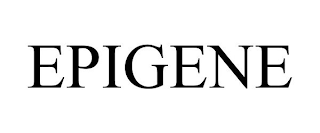
 You search the trademark database at the USPTO and find that your competitor’s trademark registration was canceled because the competitor did not file
You search the trademark database at the USPTO and find that your competitor’s trademark registration was canceled because the competitor did not file 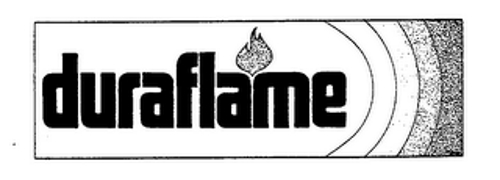 Kingsford-Clorox owned the trademark Duraflame for artificial firelogs. Kingsford-Clorox decided to get out of the firelog business and wanted to write off the goodwill associated with the Duraflame mark for accounting purposes. So it published a notice in the Wall Street Journal announcing the abandonment of the Duraflame trademark effective on the date of publication.
Kingsford-Clorox owned the trademark Duraflame for artificial firelogs. Kingsford-Clorox decided to get out of the firelog business and wanted to write off the goodwill associated with the Duraflame mark for accounting purposes. So it published a notice in the Wall Street Journal announcing the abandonment of the Duraflame trademark effective on the date of publication.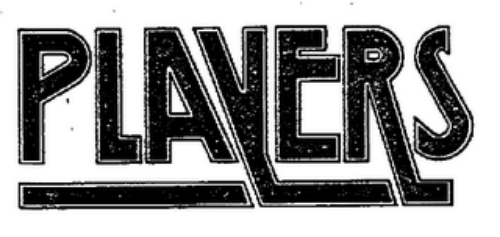 British Bulldog Ltd. applied to register the trademark PLAYERS on the goods of men’s underwear. The trademark examiner  refused to register the mark claiming that it conflicted with a previously registered mark PLAYERS for the goods of shoes.
British Bulldog Ltd. applied to register the trademark PLAYERS on the goods of men’s underwear. The trademark examiner  refused to register the mark claiming that it conflicted with a previously registered mark PLAYERS for the goods of shoes.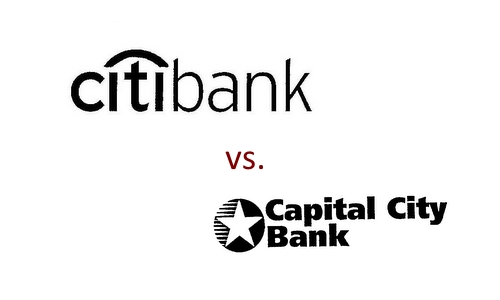 Capital City Bank filed a trademark application on its name “Capital City Bank” for banking services without
Capital City Bank filed a trademark application on its name “Capital City Bank” for banking services without 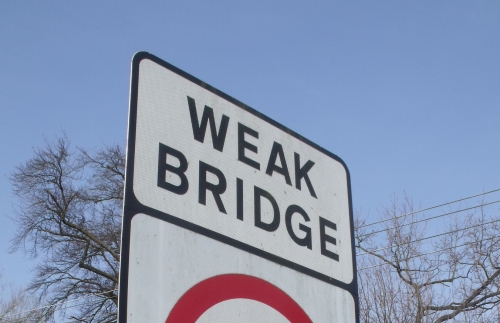 Frederic Towers began using the term “The Professional Portfolio System” in November 1982 for a computer-based portfolio valuation system.
Frederic Towers began using the term “The Professional Portfolio System” in November 1982 for a computer-based portfolio valuation system.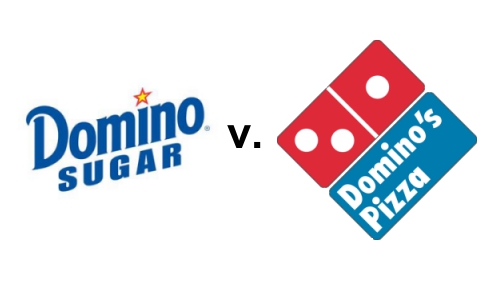 Domino is a trademark for and a brand of sugar. Sugar is a type of food. Domino’s Pizza is a trademark for a pizza restaurant chain. Pizza is a food.
Domino is a trademark for and a brand of sugar. Sugar is a type of food. Domino’s Pizza is a trademark for a pizza restaurant chain. Pizza is a food.